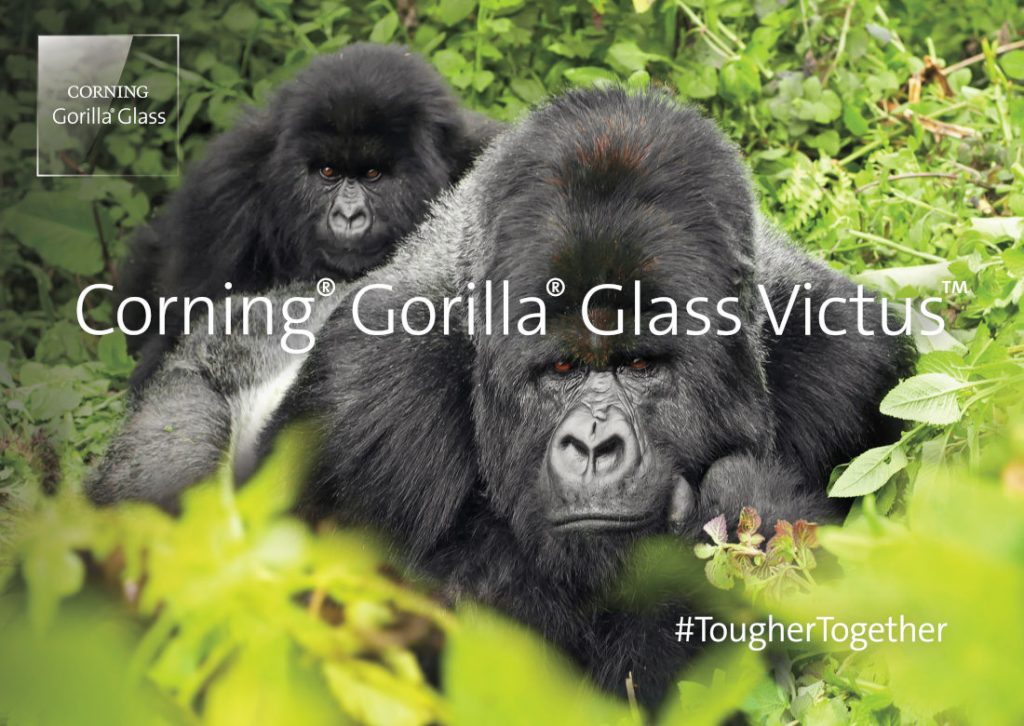
Displays on smartphones and portable devices have come a long way in terms of innovation and at the same time, the choice/preference of users has also changed. The position of plastic displays on smartphones that were prevalent for a long time was gradually replaced by glass and it largely helped OEMs to improve the aesthetics of their devices. While it was largely adopted by users, protection was a concern as well which is when companies like Corning came up with ‘Gorilla Glass’ which is a brand of chemically strengthened glass. It was first introduced back in 2007 and with the launch of Gorilla Glass Victus, it is in its 7th generation now. In this article, let us see what the Gorilla Glass Victus is all about and how it is different from the previous generations.
What is Gorilla Glass Victus and how was it developed?
Gorilla Glass Victus is the latest product from Corning developed for smartphones, laptops, tablets, wearables, and is the toughest Gorilla Glass yet. While the previous generations of Gorilla Glass were named based on numbers viz Gorilla Glass 1, Gorilla Glass 2, and so on, this time, Corning has chosen to name it as Gorilla Glass Victus. According to Corning, ‘Victus’ means to live and numbering might tag along with the future versions of Victus.
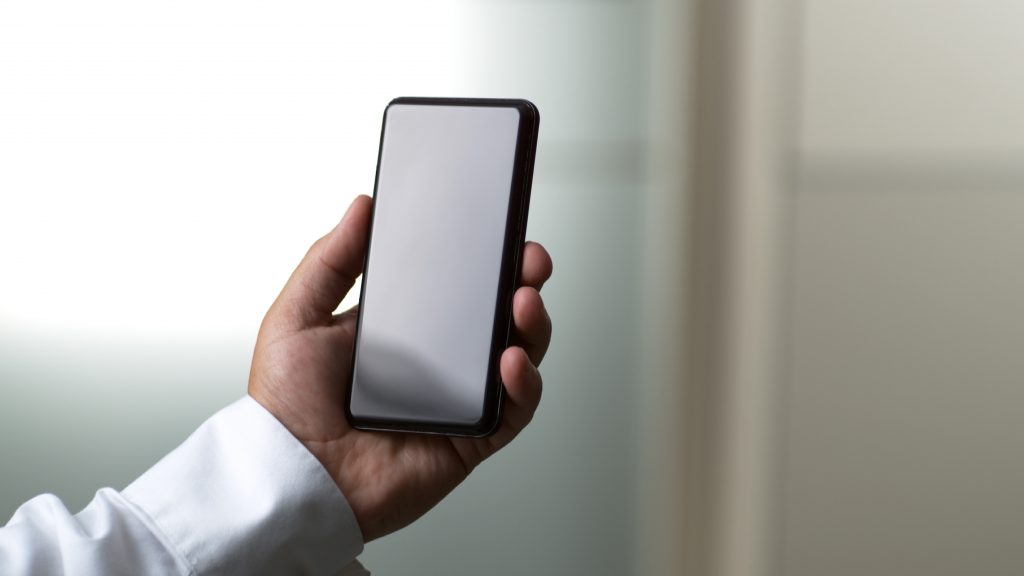
The Victus is engineered to significantly improve both drop and scratch performance at the same time. In Corning’s tests, the Victus survived drops onto hard, rough surfaces from up to 2 meters and is up to 4 times better than competitive aluminosilicate glasses which fail when dropped from 0.8 meters. The standard thickness of the Gorilla Glass Victus is in the range of 0.4mm – 1.2mm and the softening point is at 827 °C, annealing point at 591 °C, and a strain point at 543 °C.
The development of Gorilla Glass Victus
Corning follows a proprietary fusion process and ion exchange process to make Gorilla Glass. With the fusion process, Corning produces a thin sheet cover glass with pristine surface quality, outstanding optical clarity, and inherent dimensional stability. For the uninitiated, Surface quality is where the level of imperfections like scratches, blemishes, etc can be noted and improved based on the findings. The optical clarity refers to one where impurities in glass can be identified and lastly, Dimensional stability refers to how well the shape of the glass is maintained when exposed/subjected to temperature and humidity.
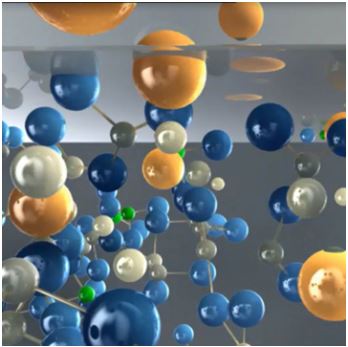
The ion exchange process is a chemical strengthening process and the way this works is, large ions are “stuffed” into the glass surface, creating a state of compression and the glass is placed in a hot bath of molten salt at a temperature of approximately 400 degrees C. As a result of this, smaller sodium ions leave the glass, and larger potassium ions from the salt bath replace them. These large ions take up more room and are pressed together when the glass cools, producing a layer of compressive stress on the surface of the glass. The composition of Gorilla Glass enables the potassium ions to diffuse far into the surface, creating high compressive stress deep into the glass. This layer of compression creates the surface that is more resistant to damage. As for the Gorilla Glass Victus, there are specific Ion-exchange profiles that allow for a drop from higher heights.
How does Gorilla Glass Victus fare when compared to Gorilla Glass 6?
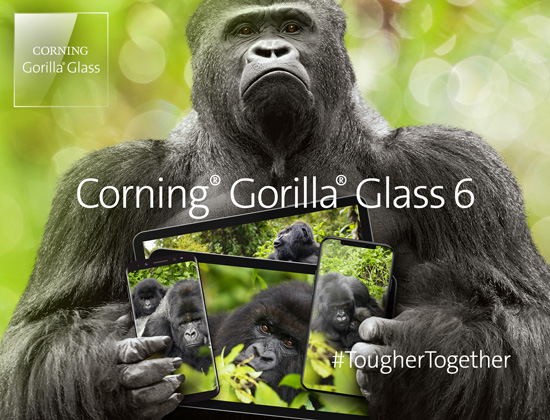
Corning Gorilla Glass Victus survives to drop from up to 2 meters and is 4 times better than competitive aluminosilicate glass. In comparison, the Gorilla Glass 5 survives up to 125 centimeters or 1.25 meters and the Gorilla Glass 6 survives 160 centimeters or 1.6 meters. To compare, the softening point of Gorilla Glass 5 is at 884 °C, Gorilla Glass 6 has a softening point at 884.9°C and Gorilla Glass Victus at 827 °C. For the uninitiated, softening point is the temperature at which a material (glass here) softens beyond some arbitrary softness.
Different tests carried out on Gorilla Glass Victus
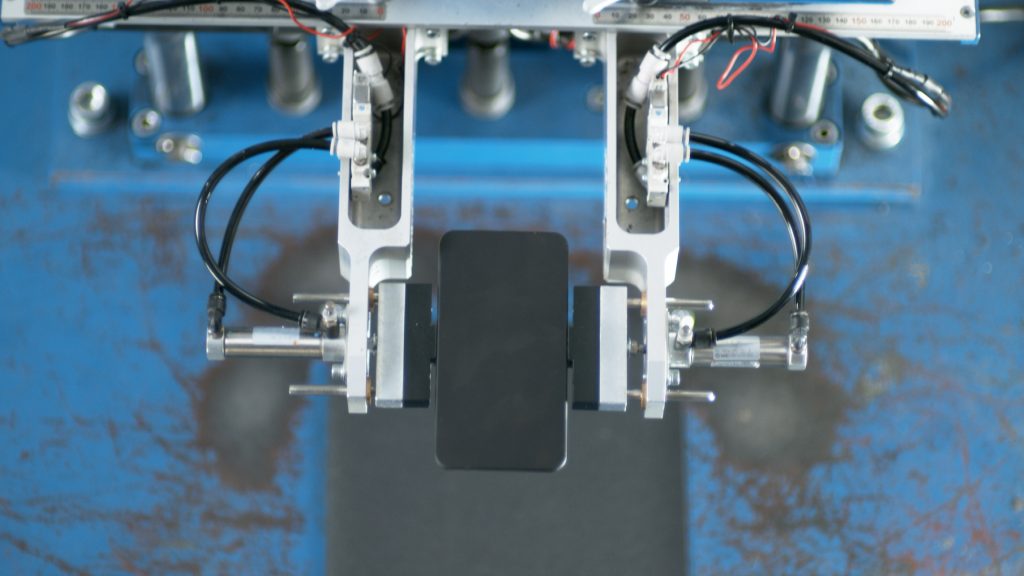
Corning carried out multiple tests on the Gorilla Glass Victus which includes the Drop Tower test, Knoop Scratch test, Retain Strength post scratch test, and Slapper test. Multiple tests conducted by Corning show how strong the Gorilla Glass Victus compared to other glasses from competitor companies.
The Knoop Scratch test is carried by pushing down a diamond intender on a 0.8mm glass. With a force of 8 Newtons applied on the Gorilla Glass Victus, there were no visible scratches. On the other hand, there were visible scratches on a 0.8mm competitor glass with a force of 4 Newtons.
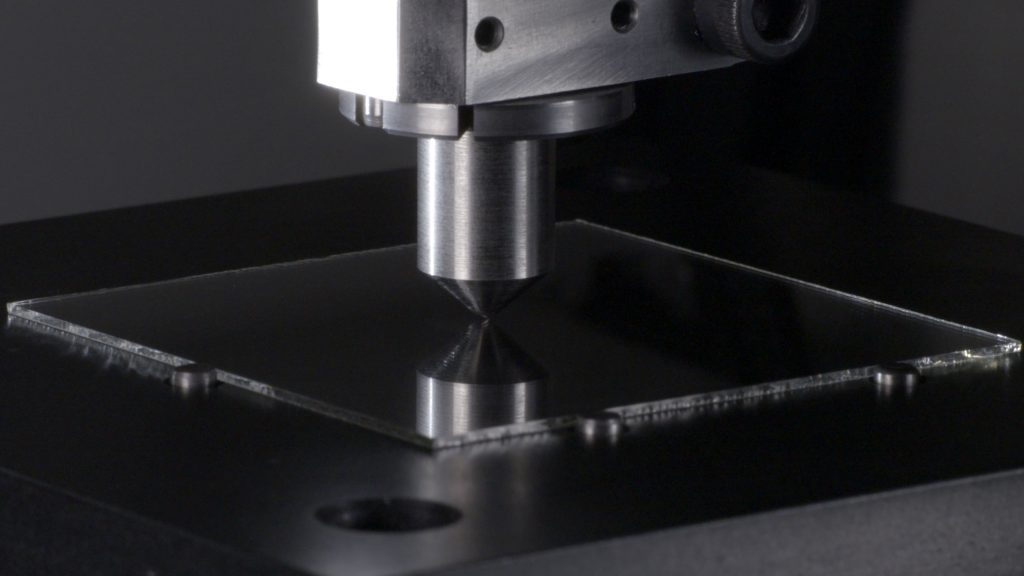
In the drop test, a 0.8mm glass was mounted onto a 180 grit sandpaper surface, and Corning Gorilla Glass Victus survived to drop at 2 meters whereas the competitor glass under the same testing conditions, broke at 0.5 meters.
Furthermore, in the “Slapper” test with Mini Slapper and Mega Slapper equipment, the Gorilla Glass Victus mounted onto a 180 grit sandpaper surface survived the impact (with an impact energy of 6.67 Joules) and the competitor glass failed to survive the impact (with an impact energy of 0.5 Joules).
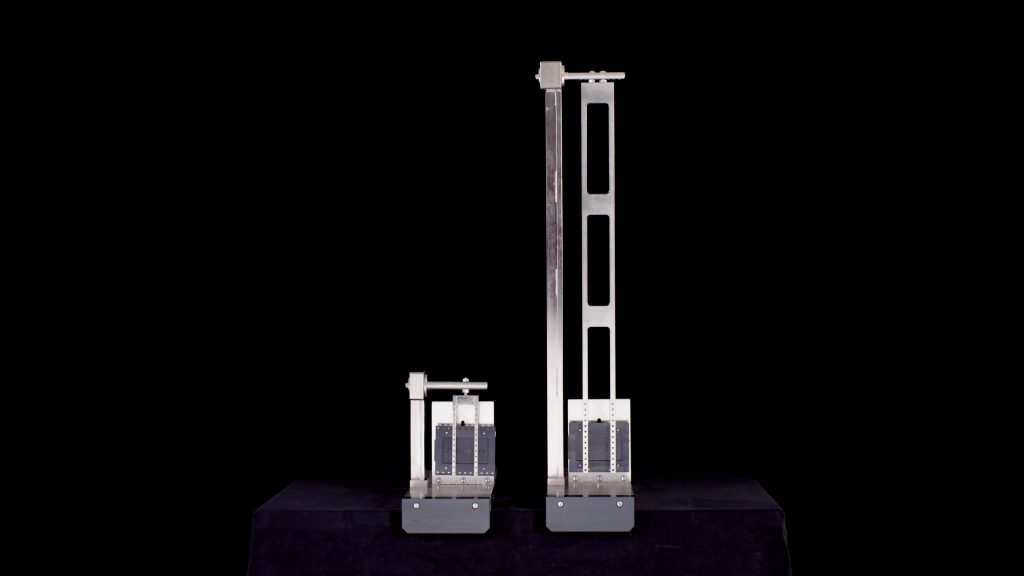
In the Retain Strength test, the Gorilla Glass Victus survived the test with 100.5 kilograms load while the competitor failed to survive the impact with 15.55 kilograms load. The Gorilla Glass Victus which was pre-scratched at 8 Newton was pressed down in a quasi-dynamic manner and the competitor glass which was pre-scratched at 4 Newton was pressed down in the same manner as well.
Samsung will be the first customer to adopt Gorilla Glass Victus. With Gorilla Glass Victus, the scratch and drop performance is better than any Gorilla Glass and Corning is definitely upping the game with every generation. Let us know your thoughts about the new Corning Gorilla Glass Victus.
